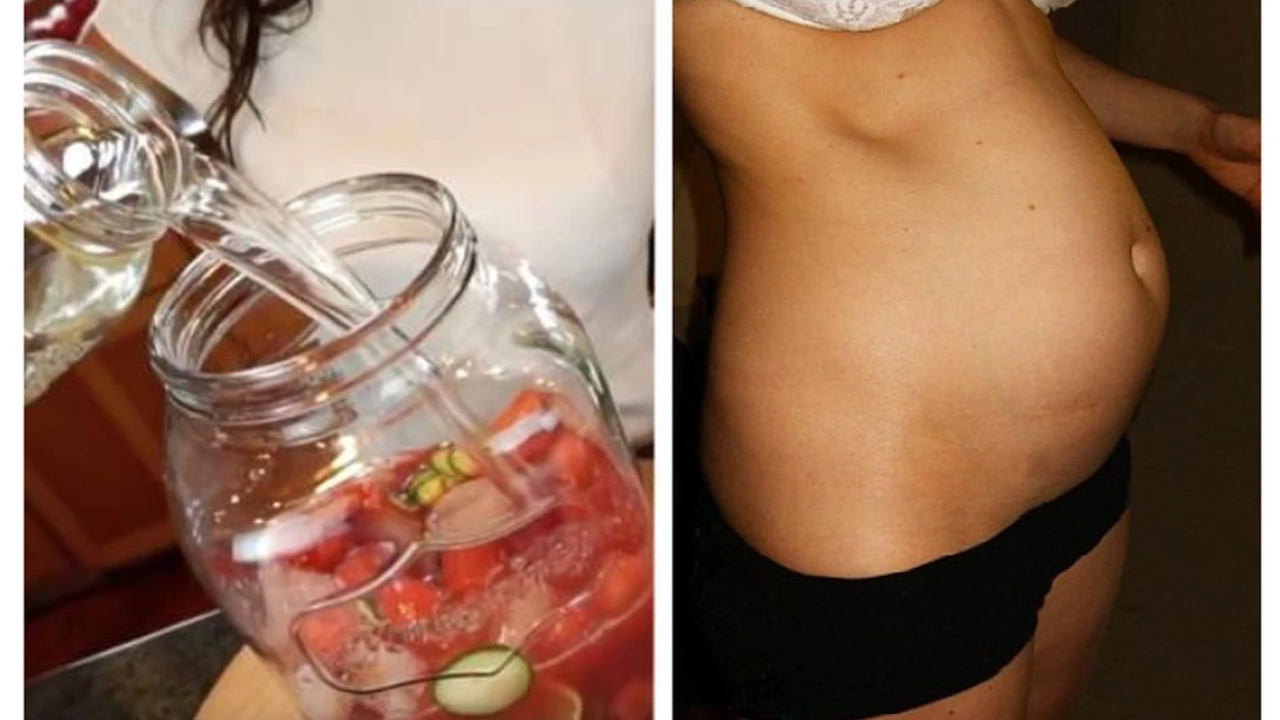Menstrual Cycle Tips: Simple, Practical Help for Every Month
You don't have to suffer through the same pain and confusion every month. Small changes—timed right—can cut cramps, reduce mood swings, and make your cycle predictable. Below are clear, usable tips you can try this month without major lifestyle overhauls.
Quick relief for cramps
Heat works fast: a heating pad or hot water bottle on your lower belly for 15–20 minutes eases muscle tension. Over-the-counter pain relievers like ibuprofen or naproxen are commonly effective when taken as directed at the first sign of pain. Move gently—walking or easy yoga stretches increase blood flow and lower pain for many people. If you prefer non-drug options, try a warm bath, a light abdominal massage, or a TENS unit if you have one.
Avoid heavy caffeine and salty snacks right before and during your period; they can make bloating and breast tenderness worse. Instead, choose whole foods: leafy greens, lean protein, and complex carbs to stabilize blood sugar and mood. Hydration matters—drinking water can reduce bloating. If cramps are accompanied by strong nausea, sipping ginger tea often helps settle the stomach.
Track, plan, and handle irregular cycles
Know your normal. A typical cycle runs 21–35 days; bleeding usually lasts 2–7 days. Track start and end dates for at least three months using a calendar or an app. Tracking helps spot patterns: mood swings that always hit three days before your period, or a cycle that shortens or lengthens significantly.
Basal body temperature and cervical mucus notes can help predict ovulation if you’re trying to avoid or achieve pregnancy. But for everyday planning, a simple calendar and a notes field for symptoms (pain, heavy flow, spotting) are usually enough.
If your flow soaks one pad or tampon every hour for several hours, or if periods come closer than every 21 days or further apart than 35 days, make an appointment. Also see a clinician if pain stops you from working or doing daily tasks, or if you miss three months of periods and aren’t pregnant. These are signs to rule out conditions like fibroids, endometriosis, thyroid issues, or hormonal imbalances.
Small long-term habits help too: regular exercise, steady sleep, and stress management reduce PMS and make cycles steadier. Some people benefit from magnesium or vitamin B6 supplements for mood and cramps—talk with your healthcare provider before starting anything new. If contraception is part of your plan, some birth-control methods also reduce heavy bleeding and cramping.
Pick one thing to try this cycle—use a heat pack earlier, track symptoms, or swap a few snacks for whole food choices—and note the difference. Consistent small steps add up, and you’ll learn what actually helps your body month-to-month.
In my latest blog post, I've shared some effective tips and tricks to help you conquer bloating during your period. I discussed the importance of staying hydrated, reducing sodium intake, and prioritizing exercise to keep bloating at bay. I also highlighted the role of a balanced diet, especially incorporating foods rich in potassium and fiber. Additionally, I talked about the benefits of over-the-counter remedies and when it might be necessary to seek medical advice. So, if you're someone who struggles with period bloat, my post is filled with practical advice to ease your discomfort.



